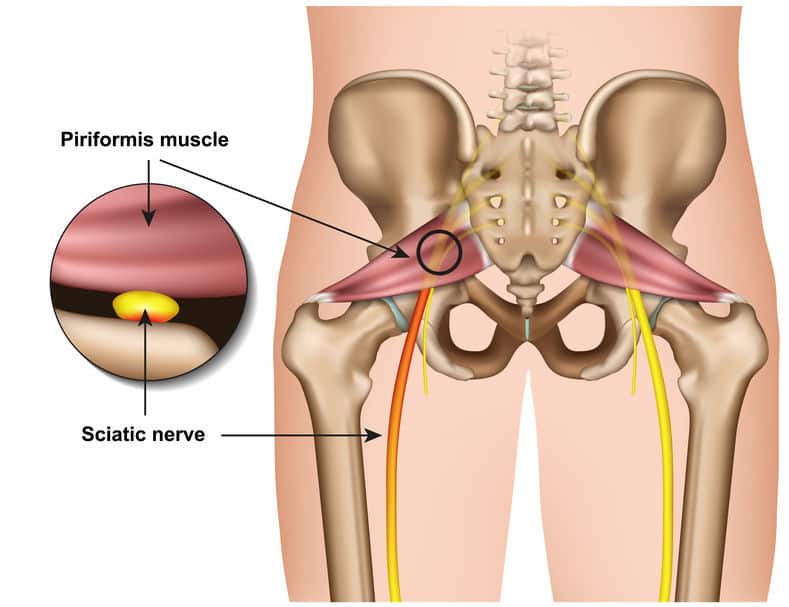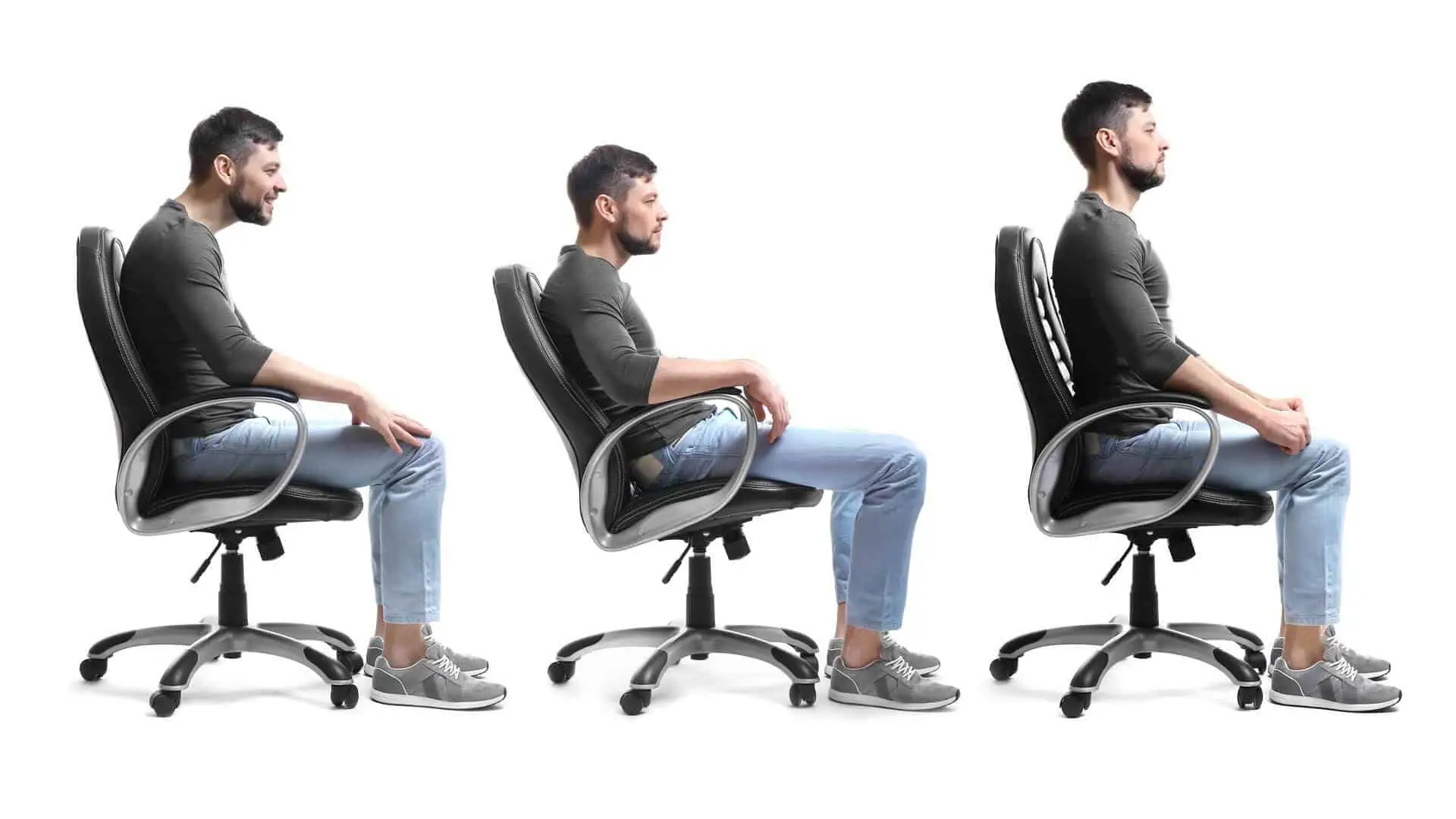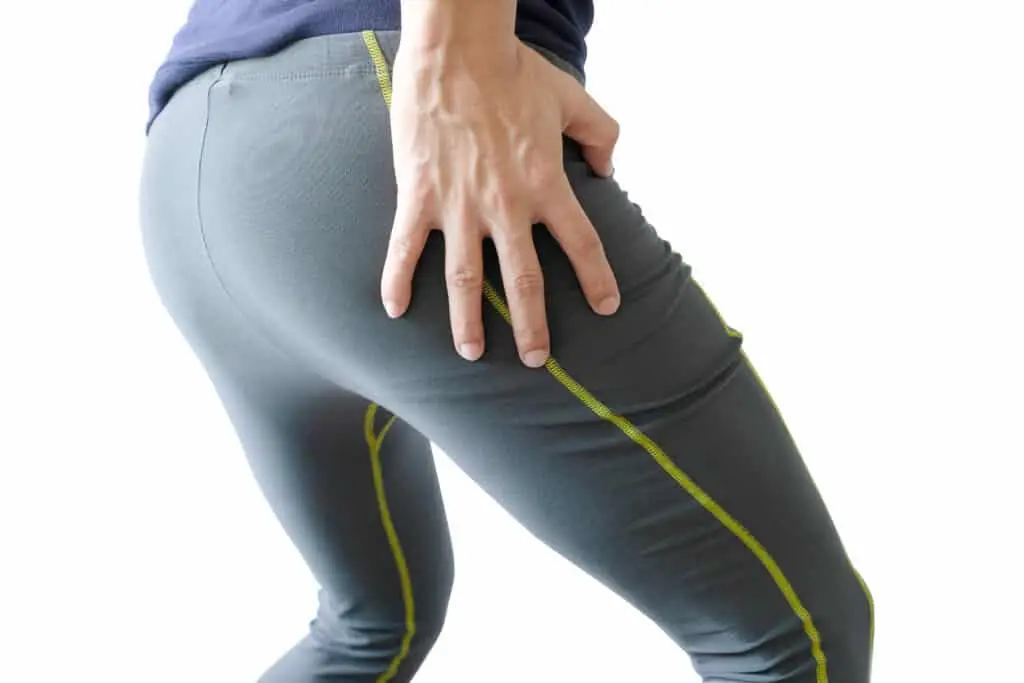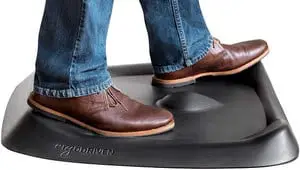One of the biggest challenges when dealing with piriformis syndrome is having to sit for hours on a daily basis to do your work. According to the Washington Post, the average American adult spends about 6.5 hours a day sitting. Unfortunately, there’s no denying that work is a part of our lives.
If you are suffering from piriformis syndrome, it’s hard to sit for more than a few minutes before the pain and discomfort start to creep in. This is why learning the best way to sit with piriformis syndrome is paramount to help you work in comfort every day. Here is a quick tip on how to sit with piriformis syndrome:
Sit cross-legged for a few minutes to stretch the piriformis muscles while opening up the hips. If you are required to sit on a chair, avoid staying in a seated position for too long by doing the chair stretch, where you place one ankle to rest on the opposite knee while you lean forward to stretch the hips.
All content and media on Office Solution Pro are created and published online for informational purposes only. It is not intended as a substitute for professional medical advice and should not be relied on as health or personal advice. This post may contain affiliate links.
It’s important to note, however, that understanding how to sit with piriformis syndrome is not the ultimate goal. It is to help you cope with your daily activities, especially for those required to work while sitting down.
With all this in mind, we will take a closer look into dealing with piriformis syndrome and how you can treat it through simple habit changes, both at home and at the office.
What is Piriformis Syndrome?
Before we learn how to sit with piriformis syndrome, it’s essential to understand what it is and assess if the way you currently sit may cause the problem in the first place.
According to Robert H. Shmerling, MD, the associate professor of medicine at Harvard Medical School, piriformis syndrome is a painful condition that develops due to irritation or compression of the sciatic nerve near the piriformis muscle.
Your piriformis muscle is a small muscle located deep in the buttock region.

Image sourced from soliotherapy.com
This irritation or compression is what causes pain, numbness, and tingling in your buttocks, sometimes in the thighs and legs. Piriformis syndrome can be a chronic condition, a one-time injury, or a recurring source of pain.
Symptoms of Piriformis Syndrome
According to the Mayo Clinic, the main symptom of piriformis syndrome is sciatica. It is commonly known as the pain that radiates along the path of the sciatic nerve. When you’ve been diagnosed with piriformis syndrome, you’ll also notice a few things:
- Pain in the buttocks
- Pain down the back of your thighs
- Pain when walking up the stairs
- Discomfort when sitting
- Reduced range of motion in the hip joint
Symptoms of piriformis syndrome may become worse after prolonged sitting, walking or running, and may feel better after lying down on the back. The best thing you can do to treat piriformis syndrome is to consult with your doctor or physician.
What Causes Piriformis Syndrome?
The piriformis muscle is important for lower body movement because it stabilizes the hip joint. It is responsible for shifting your weight from one side to another, especially when you turn the lower body.
While the exact cause of piriformis syndrome remains unknown, the piriformis muscle can become injured either because of inactivity or overuse.
Simple daily tasks, such as sitting for long periods of time, can cause the muscle to become weaker. At the same time, excessive exercises like running or lifting heavy objects may damage the muscle. You can also develop piriformis syndrome after a traumatic event, such as a car accident or a hard fall.
If you are used to carrying a thick wallet in your back pocket, be careful. Sitting without the proper balance of your lower body, especially repeatedly, may contribute to the formation of piriformis syndrome.
Best Way to Sit with Piriformis Syndrome
To help you deal with piriformis syndrome, there are certain things you can do to reduce the pain and discomfort while sitting down. These steps can also help you prevent further damage to the piriformis muscle.
1. Adjust Your Sitting Posture
Piriformis syndrome is often triggered by sitting in certain positions; therefore, avoiding these positions is key to combatting the symptoms. You can do this by making yourself comfortable and adjusting how you sit at the office.
A good place to start is to not sit in a regular office chair. Regular chairs are mostly designed for aesthetics but don’t do a good job of promoting healthy posture. Instead, take the time to carefully select the best ergonomic office chair designed specifically to support your lower body.

The best ergonomic office chair can help you to sit with proper posture, removing pressure from your lumbar spine.
If you work at an office and don’t have the luxury of changing your chair, the next best thing is to buy an ergonomic seat cushion. This seat cushion is specifically designed for tailbone pain relief and cradling your buttocks while preventing unwanted injuries in the long run. Give it a try, and your body will thank you later. 🙂
By sitting upright with the proper seat cushion, you will remove some of your body weight from your buttocks while letting your hamstrings bear some of the load. Maintaining this posture is important to achieve comfort while sitting with piriformis syndrome.
2. Take Frequent Breaks
If you are recovering from piriformis syndrome, the best thing you can do is to let your body heal the damaged muscle. However, you can’t just skip work while lying down at home all day. That would be downright silly! The next best thing is to take frequent breaks from sitting down.
Remember, the human body is designed for movement, not to stay in one position for a long period of time. According to the Department of Health and Human Services in Australia, sitting for too long may cause the muscles in your lower body to weaken, resulting them shortening over time and causing unwanted muscle strains.
If you work at the office, you can take a break once every 20 minutes to grab a glass of water or simply walk down the hallway to greet your office mates. If you work from home, take the time to walk around outside and get some fresh air.
3. Apply Heat Therapy
Heat therapy is an effective way to promote healthy blood circulation and help soothe the pain caused by piriformis syndrome. You can use a heating pad and place it on your hip area to help provide comfort while sitting down.
If you don’t have a heating pad, applying topical natural pain-relieving gel can help relieve the pain. Heat is also a great way to warm up and prepare your muscles before stretching them, which brings us to…
4. Perform Piriformis Stretches
According to spine-health.com, specific stretches can help alleviate the pain caused by piriformis syndrome. This is important if you spend many hours sitting to do office work.
One easy stretch you can do while seated is the chair piriformis stretch. While seated in a chair, place one ankle on the opposite knee. Place one hand on the knee, and place the other hand on the ankle to prevent it from sliding. Lean forward slowly until you feel a mild stretch in the hips.
The great thing about piriformis stretches, also known as the glute stretch, is that they can be done while sitting down. You can see this short video by the Royal Free London NHS Foundation Trust on how to do it:
Doing this exercise multiple times a day can work wonders in reducing the discomfort caused by piriformis syndrome, especially if you are required to sit at work. By doing this simple stretch, you are making your glute muscles stronger and more elastic at the same time.
Additionally, you can also try sitting cross-legged, either on a chair or on the floor, for a few minutes at a time. Sitting cross-legged opens up the hips while stretching the piriformis muscle at the same time.
If you want to take it up a notch, place the soles of your feet together and press your hands slowly on the knees until you feel your hips open up. It’s simple but works wonders.
PRO TIP: To help you find better comfort should you need to work while sitting behind a computer, we have a comprehensive list of the best office chairs for piriformis syndrome. This list is carefully curated with many hours of research to help you make the best office chair buying decision possible, especially for piriformis syndrome.
Related Questions to Piriformis Syndrome
1. How to treat Piriformis Syndrome?
Performing physical therapy is the best way to treat piriformis syndrome. A professional physical therapist can help design a specific program for you while guiding you through the exercises to make your muscles stronger.
The first thing you should do is to consult your doctor or physician for instructions. Fortunately, most people who suffer from piriformis syndrome get better with proper treatment and simple lifestyle changes. Be sure to start early with physical therapy to prevent further damage.
2. How long does it take to recover from Piriformis Syndrome?
Figuring out how long it takes to recover from piriformis syndrome depends on a number of factors. Generally, a mild injury may heal in a few weeks, but a severe injury may take 6 weeks or longer.
If you are serious about treating your issue, it’s important to be consistent with the treatment and do your part to make your lower body stronger and more flexible.
3. What is the difference between Sciatica and Piriformis Syndrome?
The easiest way to differentiate sciatica and piriformis syndrome is to understand that one is a symptom and the latter is a medical condition.
According to Dr. Nabil Ebraheim, sciatica is merely a symptom of an underlying condition, while piriformis syndrome is a diagnosis. This means that piriformis syndrome may be the hidden cause of sciatica.
The Bottom Line
Living with piriformis syndrome can be a pain in the butt, literally. Depending on your body type and lifestyle, you’ll notice that piriformis syndrome comes and goes. It’s a good idea to recognize these patterns and do your part to treat the symptoms.
By taking the time to understand how to sit with piriformis syndrome, you are doing your part to help your body recover while staying productive at the office. 🙂







